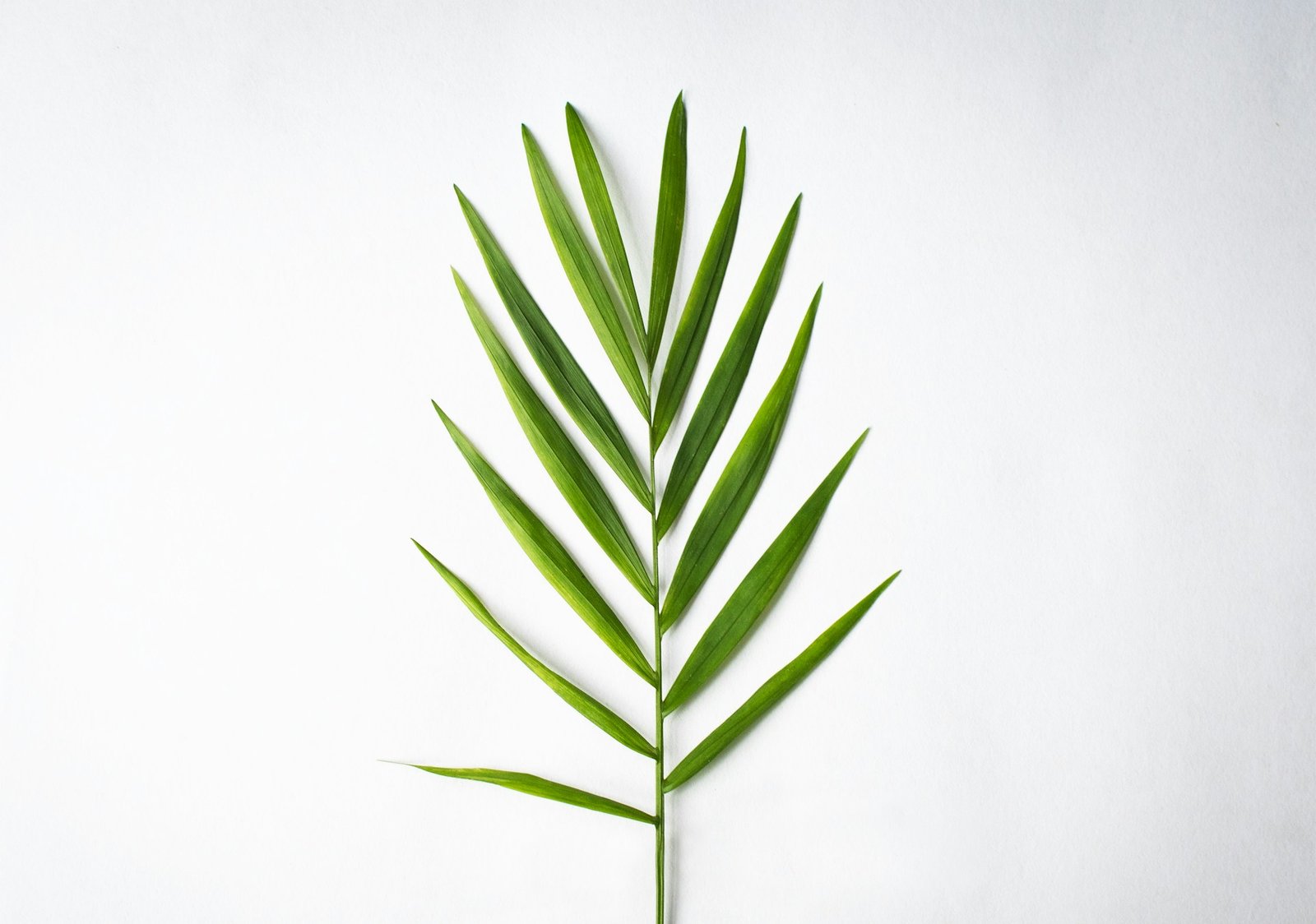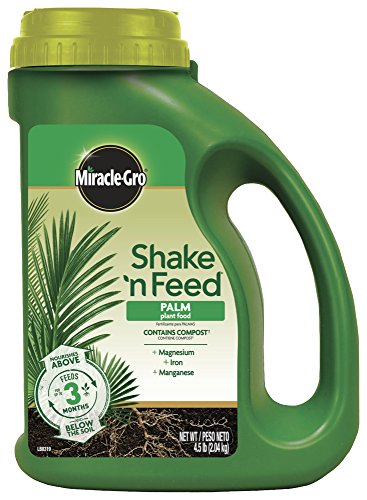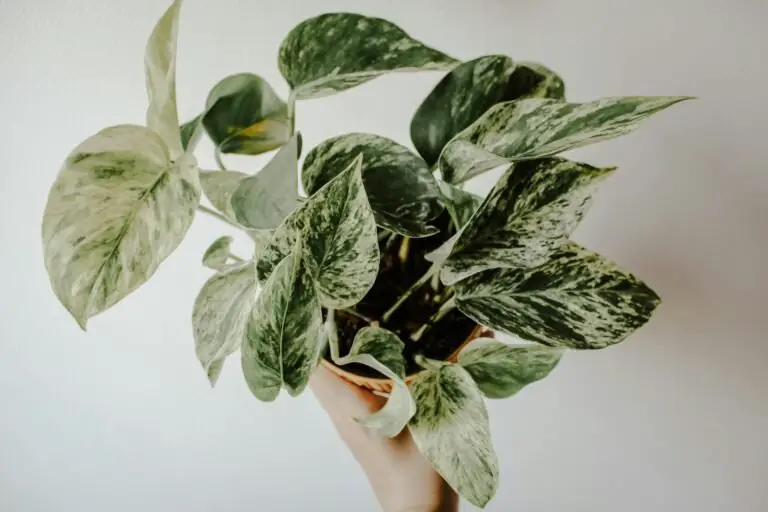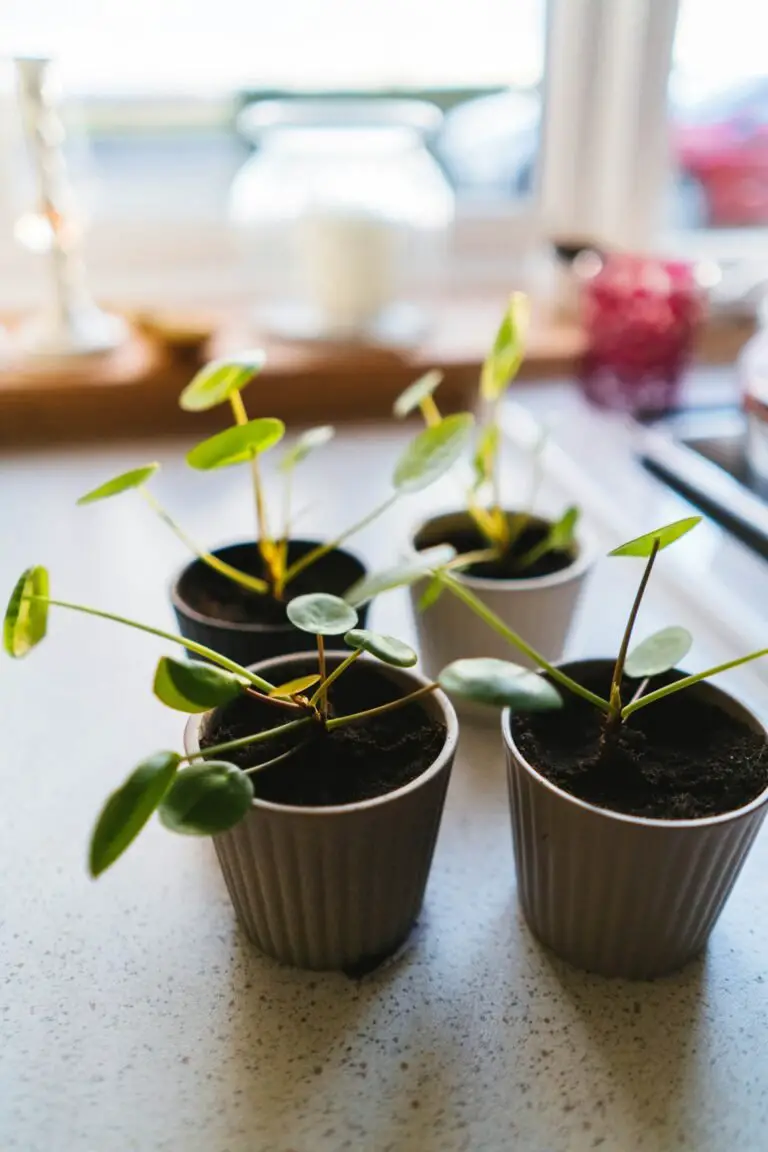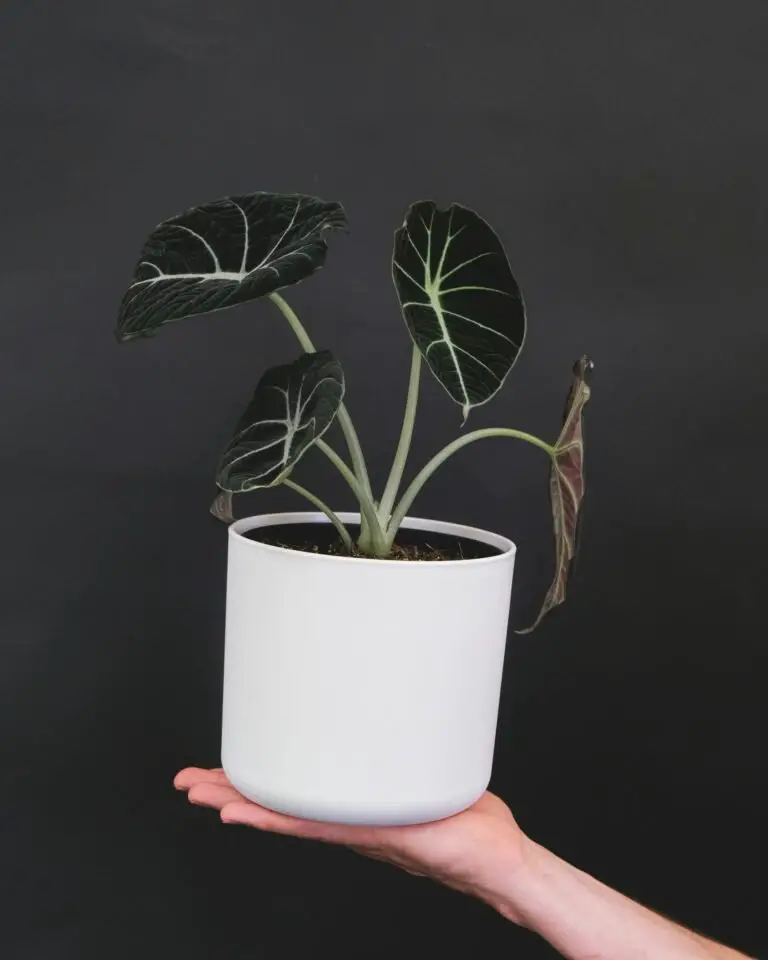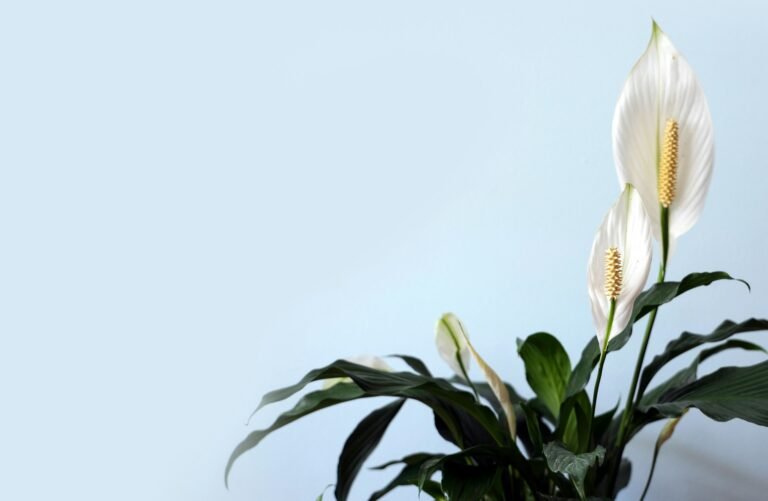Parlor Palm Care: The Chillest Houseplant That Actually Wants to Hang Out With You
You want a houseplant that looks classy, doesn’t fall apart under pressure, and doesn’t demand a humidity dome and a daily affirmations playlist?
Meet the Parlor Palm (Chamaedorea elegans): the laid-back roommate of the plant world.
With soft, arching fronds and a no-drama attitude, this little palm has been showing up in stylish parlors since the Victorian era. (Hence the name. Fancy!) Today, it still fits in just as well on bookshelves, side tables, and neglected corners of apartments everywhere.
It’s pet-safe, low-maintenance, and thrives on vibes. Here’s everything you need to keep yours thriving without turning into a full-time plant concierge.
Why Parlor Palm Is a Go-To for Beginners (and Lazy Plant Parents)
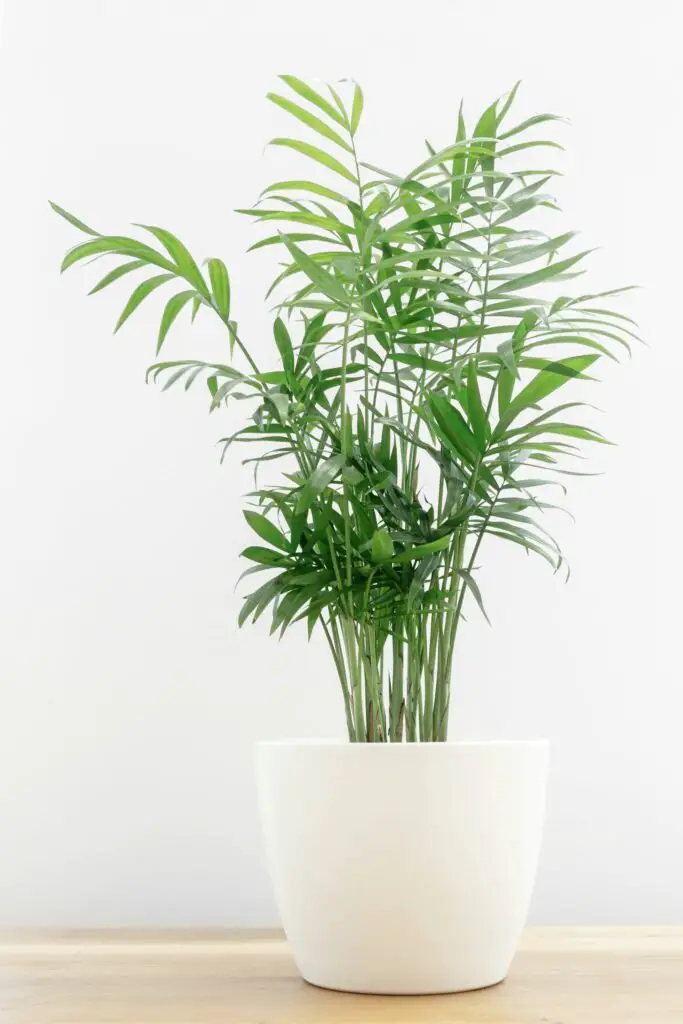
- Low light tolerance — survives in offices, hallways, or anywhere sunlight fears to tread
- No special humidity needs — though it won’t say no to a little moisture in the air
- Compact size — great for desks, shelves, and tight spaces
- Non-toxic to pets — finally, a plant your cat can slap without consequence
- Forgiving — you can forget to water for a week or two and it won’t spiral into a dramatic fit
It’s not a showboat—it’s a steady, quiet vibe.
Light: Low Is Fine, But Bright Is Better
Parlor Palms are famous for tolerating low light. That’s why they end up in offices, lobbies, and basements.
But just because it survives in shade doesn’t mean it thrives there.
Best practice:
- Bright, indirect light = ideal
- Tolerates low light, but growth will be slower
- Avoid direct sun — those fronds will burn faster than your nose on the first beach day of summer
Want it to grow bushier and faster? Put it somewhere brighter. Want it to stay compact? Lower light will do.
Watering: Go Easy and Don’t Stress
This isn’t a thirsty plant. It stores water in its root system and hates sitting in soggy soil.
Here’s the deal:
- Water when the top 1–2 inches of soil are dry
- Water thoroughly, let excess drain out
- In winter? Cut back even more — it’s chilling, not growing
Overwatering = yellow, mushy leaves
Underwatering = brown tips (it’ll survive, but try not to make it a habit)
It’s not precious—just consistent.

Humidity: Appreciated, Not Required
Unlike that one plant in your collection that dies without a humidifier (looking at you, Calathea), the Parlor Palm is cool either way.
That said:
- It likes humidity, especially in dry homes
- Mist it occasionally or pop it near a pebble tray if you’re feeling fancy
- Brown tips? That’s the air being a little dry — nothing fatal
No stress. It’ll adapt.
Soil and Potting: Easygoing Here, Too
Use:
- Any well-draining indoor potting mix
- You can toss in some perlite or bark if you’re feeling extra
- A pot with drainage holes (always!)
Don’t overpot—it likes being a little cozy. Repot every 2–3 years or if it’s clearly rootbound.
Fertilizer: Optional, Not Urgent
You can feed your Parlor Palm… or not. It won’t hold a grudge either way.
If you do:
- Use a diluted liquid fertilizer once a month in spring/summer
- Skip feeding in fall and winter
- Don’t overdo it—this plant isn’t a speed-grower
Honestly, it’ll be fine with just fresh soil once a year.
Pruning and Maintenance: Practically None
Got a dead frond? Snip it at the base. That’s it.
Parlor Palms don’t need shaping, trimming, or regular drama. Wipe down the leaves once in a while to keep them dust-free and able to photosynthesize like the champs they are.
And unlike some other palms (cough, Majesty Palm), these don’t attract every pest on Earth. Keep an eye out for spider mites or scale in very dry conditions, but they’re rare.
Common Issues and What They Mean
Yellowing leaves?
Usually overwatering. Ease up on the schedule.
Brown tips?
Dry air or underwatering. Mist or adjust your routine.
Stretched or leggy growth?
Not enough light. Move it closer to a window.
Leaf drop?
Stress from moving, drafts, or inconsistent care. Let it adjust.
Final Thoughts
The Parlor Palm is like that chill friend who never causes drama, goes with the flow, and still manages to look effortlessly put together.
If you want a plant that handles low light, skips the drama, and quietly levels up your space, this is it. Whether you’re a beginner or just want to stop babysitting high-maintenance plants, the Parlor Palm is happy to hang out and grow—at its own steady pace.

